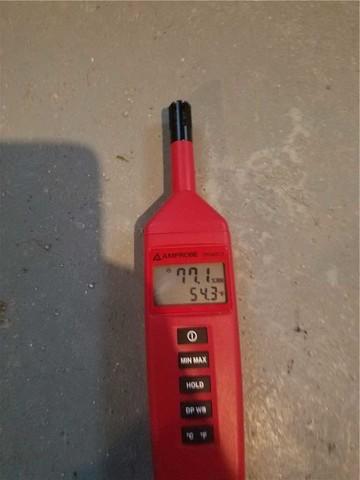
High Humidity in Wet Basement
One of the misconceptions about humidity is that it only occurs in warm areas. As you can see, despite the 54 degree temperature in this basement, the leaking walls led to 77% humidity. This causes mold growth and warps wooden beams and fixtures.
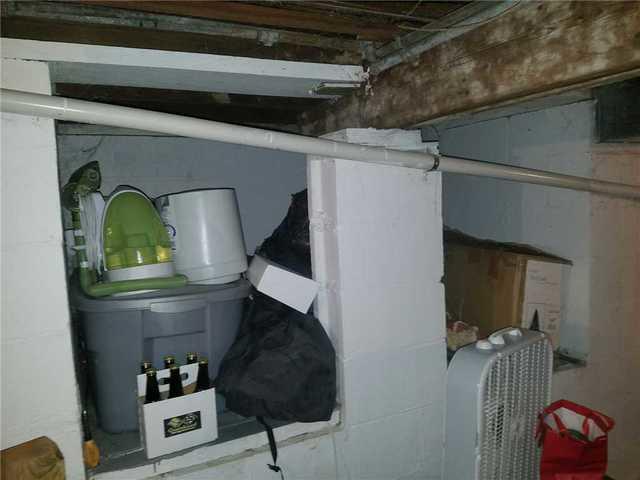
Warped Support Beam in Wet Basement
Mold and water damage on support beams can threaten the structural integrity of the home.
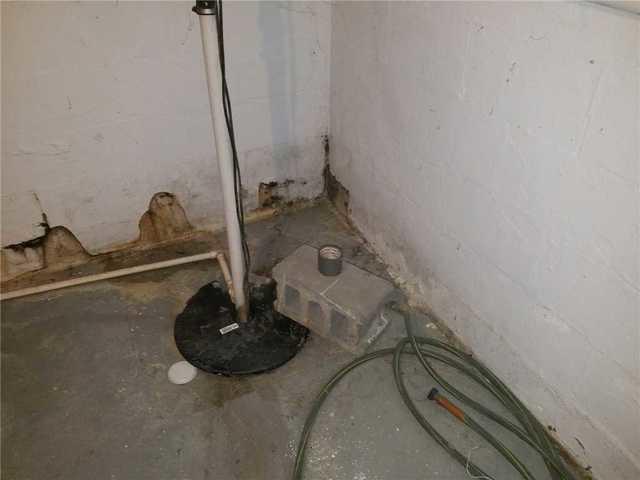
Ineffective Sump Pump in Wet Basement
While this sump pump was running almost constantly, it wasn't powerful enough and not all of the water was making it over to the pump, rendering it pretty useless.
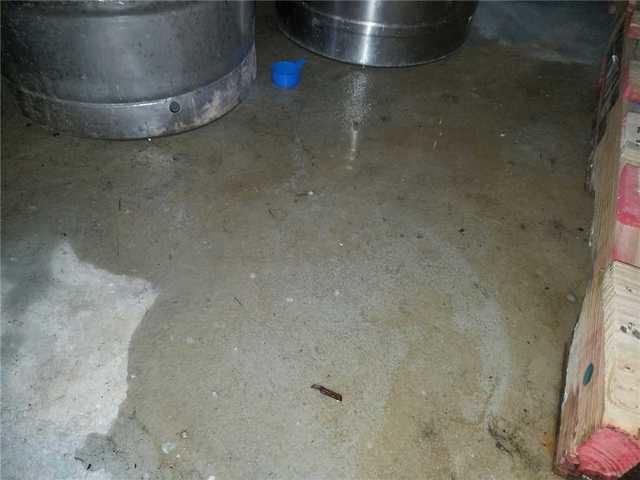
Standing Water in Lansing Basement
In addition to ruining items you have stored in the basement, standing water can cause mold and warp the very structure of the basement. It can also rust water heaters and other fixtures, causing further inconvenience and expense down the line.
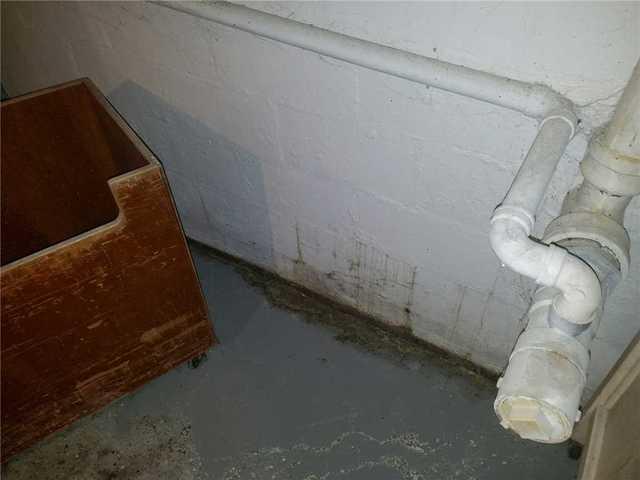
Water Damage in Wet Basement
Peeling paint on the walls and floor in a basement is a huge sign of water damage.
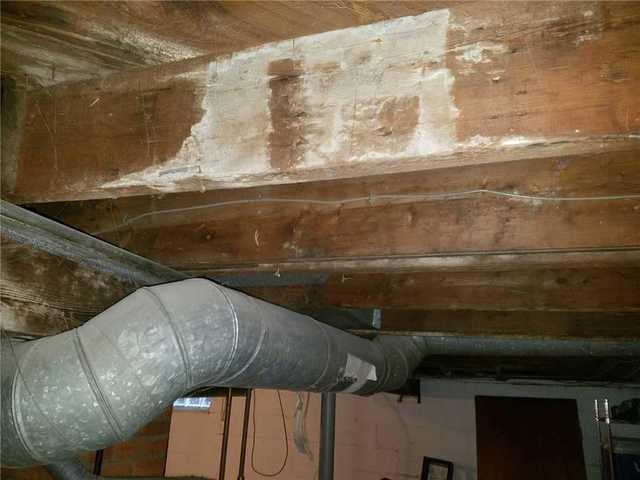
Closeup of Water Damaged Beams in Wet Basement
I don't know about you, but I wouldn't feel comfortable looking at these splintering beams and knowing they're holding my house up.
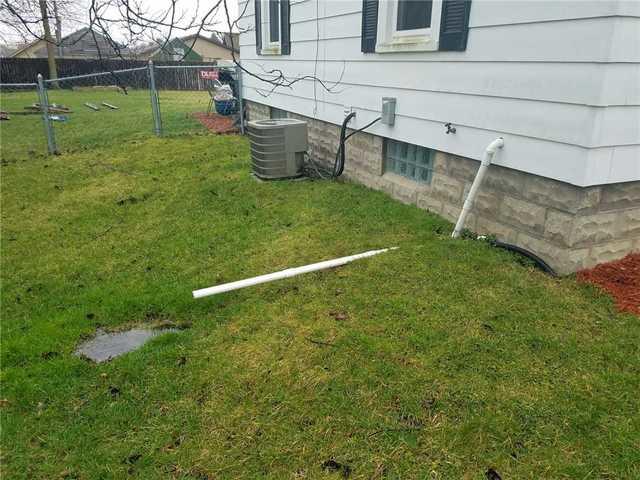
Inconvenient Discharge Line
First of all, this discharge line isn't really long enough, and it isn't placed properly to keep the water from soaking back into the foundation. The fact that it's above ground also means it's an inconvenience every time they need to mow the lawn.
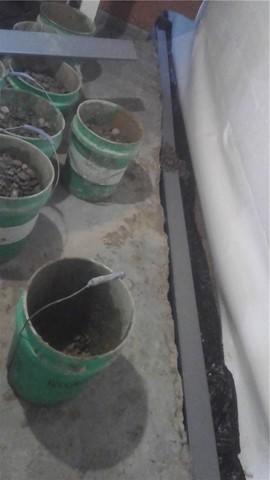
Beginning WaterGuard Installation
In order to install a below-floor waterproofing system, we need to get...below the floor. This is done by jackhammering the concrete around the perimeter of the basement and hauling it out in buckets, as shown. We then fill the space with drainage stone and put the WaterGuard in place before pouring new concrete.

Tying in the Sump Pump
In order to make sure water actually gets to the sump pump for discharge, we tie it into the WaterGuard system.
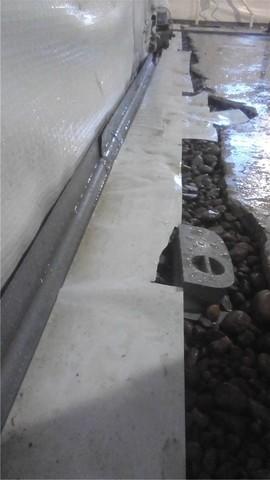
WaterGuard Installation in Progress
Here's a closeup of the WaterGuard installation. You can see the drainage stone as well as the inspection port.
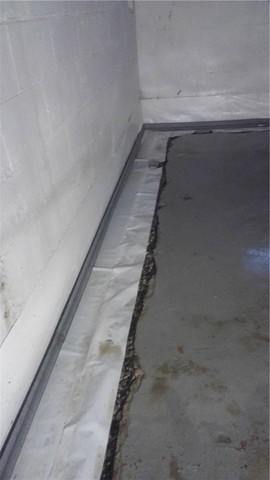
Securing WaterGuard
After the WaterGuard track is in place, we secure it so it remains stable as the new concrete is poured.
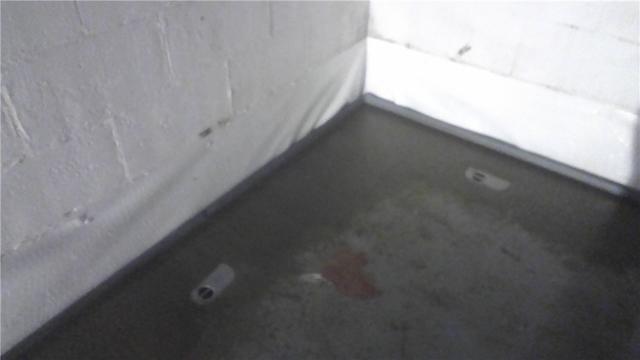
New Concrete Restores Floor
Once the WaterGuard is in place, we pour new concrete to restore the floor. You can see the WaterGuard inspection ports here, which allow us access to flush the system for annual maintenance.
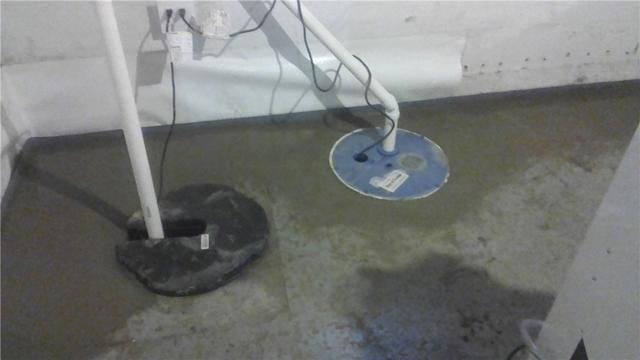
Adding Power with a Super Sump Pump
There was nothing wrong with the existing sump pump, it just wasn't powerful enough to handle the incoming water in this basement. We added a Super Sump pump and tied both pumps into the new perimeter WaterGuard system.









